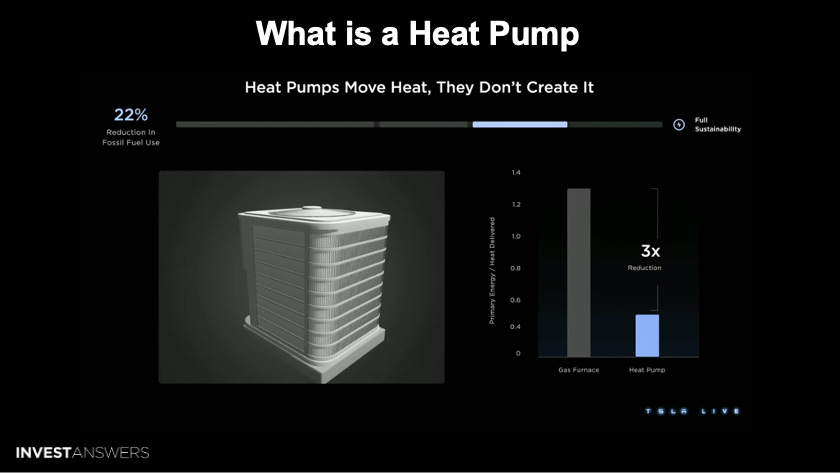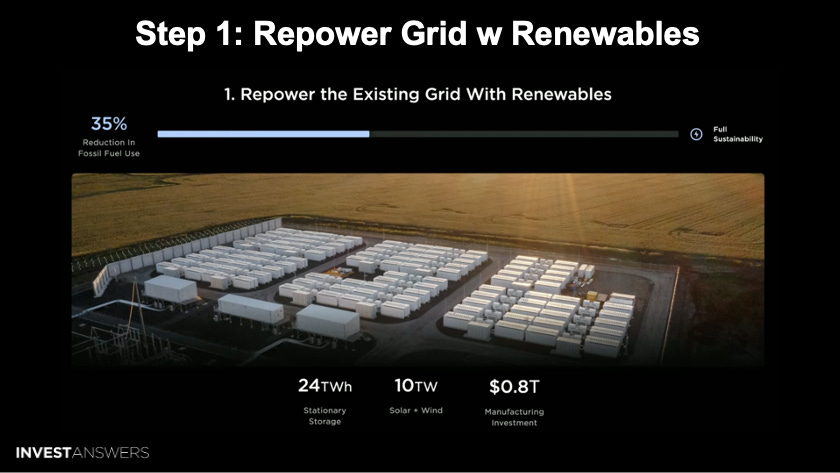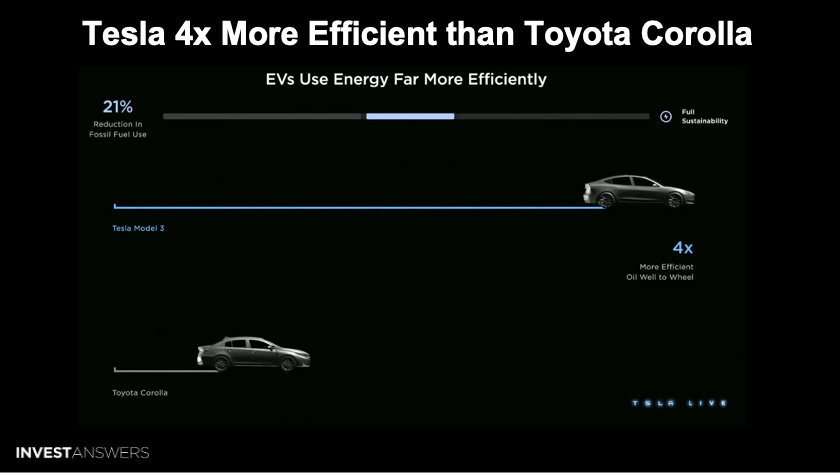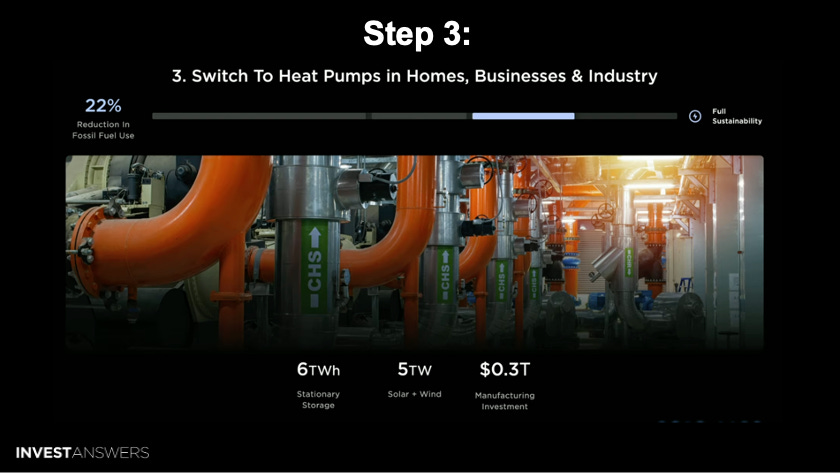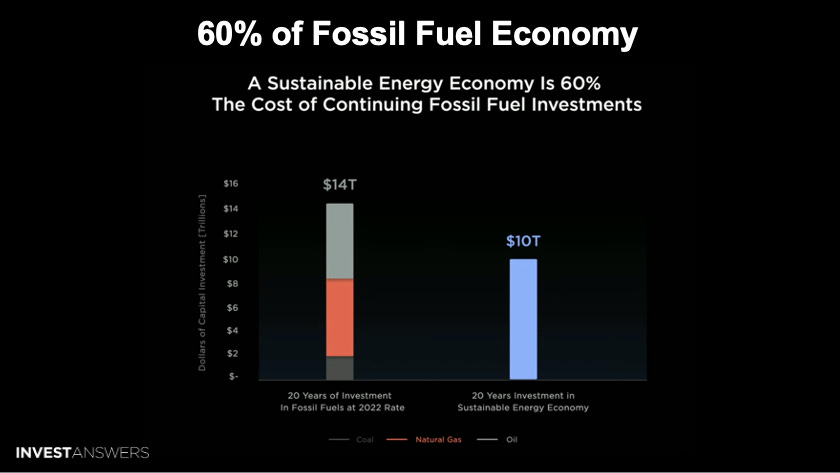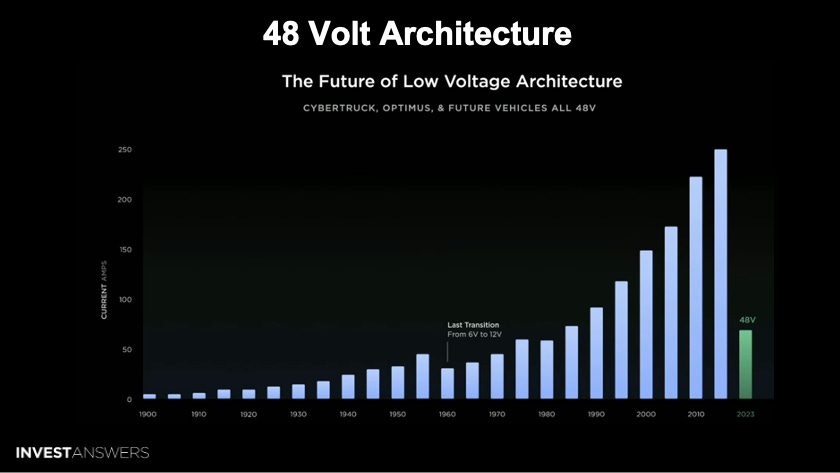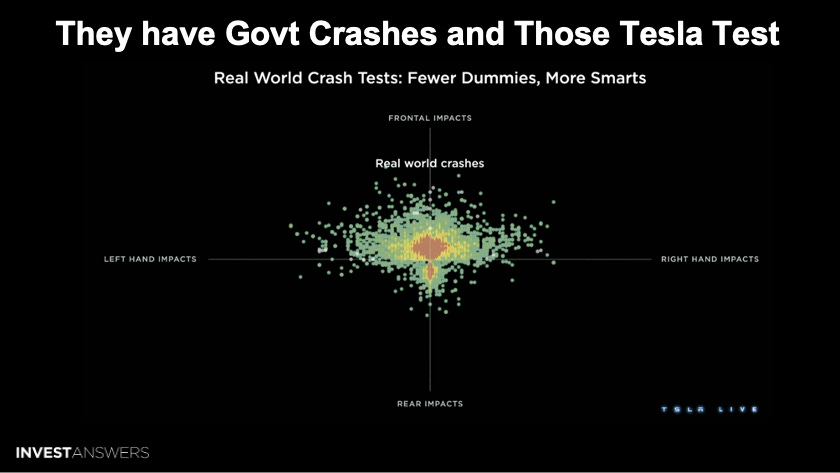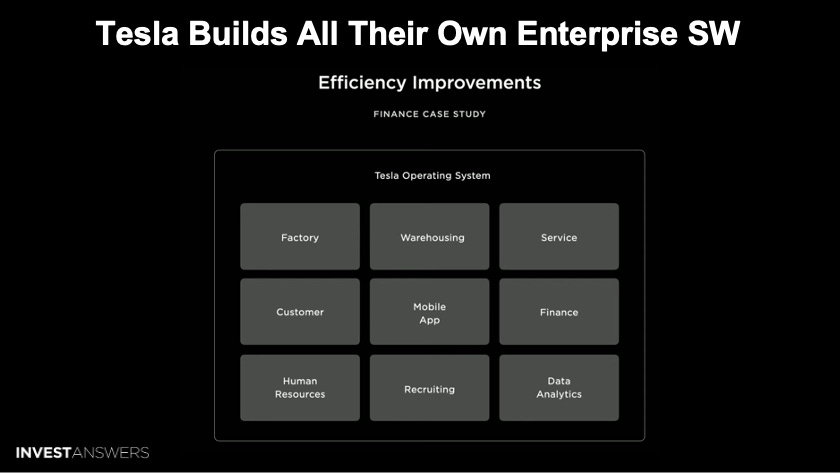I watched the full Telsa Investors’ Day and distilled all the pertinent information, so you do not have to spend 3 1/2 hours watching it.
TODAY’S TAKE
80% of the world relies on fossil fuels
Tesla proposed investing in Solar & Wind, Vehicles, and Manufacturing Capex
A sustainable energy economy is 60% lower than continuing with fossil fuels
Minimal land and less mineral extraction are benefits of this master plan
Refining manufacturing processes is one of Tesla’s “magic sauces”
48-volt architecture will simplify the wiring and optimize power deliver
Next-gen vehicle will be 100% Tesla produced
Tesla’s vehicle safety leads the industry due to real-world crash analysis
Tesla monitors 123M mi driven daily
Musk says Tesla is world's most advanced real-world AI company
Tesla’s charging station deployment is 75% cheaper than competitors
Tesla plans to begin refining lithium by end of year
Tesla has custom-built an integrated stack of its enterprise operating system
“Next-gen vehicle” will be built in new Gigafactory in Mexico
Wall Street is unable to value Tesla’s innovation and disruption properly
The Tesla team did not give times or dates to any of their announcements. Instead, they focused on validating their forward-looking plans through the year 2050.
The “problem statement” is that 80% of the world relies on fossil fuels, a dirty and wasteful energy source, resulting in only 1/3rd getting to the customer. Furthermore, two-thirds of the energy from fossil fuels is wasted in the refinement, transportation, and methods of utilization by the end users.
Telsa proposed that you only need half of the energy produced on a pure electronic economy. They estimate that the world utilizes 165 PWh/yr with fossil fuels, but if electrified would only need 82 PWh/yr.
World needs 240 TWh annually to fuel the current economy. These assumptions translate into 1 gigawatt per sq km.
In Telsa’s master plan, all transportation will go fully electric except rockets.
Electric heat pumps can generate a 3x reduction in energy used to achieve the same result for homes, office buildings, etc.
This step is primarily being accomplished today with the megapack stationary storage product. The total investment required to displace fossil fuel is estimated to be US$0.8T, less than what the Fed pays in interest.
Tesla is well on the way to investing US$7T.
This slide had two unrevealed models that I believe are:
300M is the robotaxi
700M is the next-gen (or model 2) car to be built in Mexico
Tesla believes its vehicles are 4x more energy efficient than an ICE equivalent vehicle from “the oil well to the wheel.” They believe there is infinite demand for this solution in the world.
The estimated cost is only US$300B, but it could significantly reduce the dependence on fossil fuels.
This was a new component revealed that shows great promise.
It was unclear how this could be accomplished over the near term.
In summary, Tesla proposed three investments required to reach a sustainable energy future by 2050 for a sustainable future.
To be sustainable in 2050, the following is required:
3x growth in solar & wind deployment
29x growth in battery storage
11x in electric vehicle production
Tesla believes we can arrive at sustainable energy in 20 years and a $10T investment. This is significantly less than what it costs to generate fossil fuels today.
Sustainable energy only requires a minimal amount of dedicated land on earth (0.14%).
This is done by recycling batters and autonomous driving requiring fewer vehicles.
This has been demonstrated with Lithium mining.
Refining manufacturing processes is one of Tesla’s “magic sauces.” This increases savings and simplicity.
Tesla is developing extremely precise software for running their engines optimally.
The 48-volt architecture is what they believe is the more optimal delivery method for fueling electric vehicles that will simplify the wiring.
The 48-volt Cybertruck has far fewer wires than the 2012 Model S. In addition, they believe much of the wiring can be fulfilled through ethernet cables moving forward.
The next-gen vehicle will be 100% Tesla-produced.
Tesla analyzes all of the crashes experienced by vehicles they manufacture. They believe that moving forward, they can simulate and automate how various crash scenarios work, thus improving the design for safety.
Tesla vehicles are now driven 123M miles daily. Engineers are continuously monitoring and analyzing for improvements. The full self-drive software has been purchased by about 400,000 customers, with users experiencing five times higher safety metrics than the average U.S. driver.
Elon Musk appeared on stage to update investors about Tesla's robot, Optimus, which appeared first in September at Artificial Intelligence Day. Musk stated he believes Tesla's robot business can be more significant than its car business one day. However, this vision depends on robots doing the labor that humans currently do.
Musk said that Tesla is the world's most advanced real-world AI company.
Tesla has a 75% cheaper process to install electrical vehicle charges now that it has over 80,000 built worldwide - 40,000 in the U.S. The charging stations are experiencing a 99.8% up-time. Tesla makes about 37 gigawatt-hours of batteries from its battery plant in Nevada each year. This is enough batteries for roughly 35% of Tesla’s cars in 2022. The company plans to expand its battery facility in Nevada, adding an extra 100 gigawatt hours of annual battery manufacturing capacity.
Musk’s discusses his 5-step process (Question>Delete>Simplify>Accelerate>Automate) in this video:
The cost goes from US$140 to US$70 (50% off) for monthly energy to support their homes. If you use Tesla’s auto bidder, customers can be paid to bring energy services to the grid resulting in around US$61/month.
Southwest Australia is leading the world, running about 70% off solar and wind.
Tesla is now an electric retailer. If you live in Texas, in July, you can begin buying unlimited at-home nighttime charging for $30 a month. This is another step to reduce the total cost of ownership for their vehicles.
Tesla has custom-built and integrated the entire stack of its enterprise operating system.
Part two of the presentation included the first reference to a “next-gen vehicle.” The new plant and existing facilities expansions could raise manufacturing to about 3.5 million cars a year.
Wall Street is unable to value Tesla’s innovation and disruption properly.










